Known to many as the second Paris of Europe, Prague's appeal is evident by taking a stroll: the streets alone scream historical chef d’oeuvre. Surrounded by antiquity at almost every turn, it’s easy to remove yourself from contemporary reality. The city is packed with beautiful surprises so, to ensure you don't miss anything while spending two days in Prague, take a look at the following attractions and pencil them into your itinerary.
Appreciating the historical gem is ideally achieved on foot.
Old Town Square (Staroměstské Náměstí)
It’s the beating heart of Prague and leaves mouths agape at each tick of the astronomical clock. All cobblestone roads lead to the Old Town Square and its myriad of features: towering Týn Cathedral stylised architecturally in Gothicism; Jan Hus Memorial and its representation of dissidence; fourteenth century Old Town Hall; and Baroquely styled St Nicholas Church.
The beauty tap was turned to full throttle during its gradual creation, evident when taking a stroll – hot chocolate and Trdelník (rolled cake) in hand – from one end of the square to the other.
I passed several hours sitting amid like-minded admirers in the square, watching Czech life go by. Pay attention to the sky-shattering ‘identical’ towers of Týn Cathedral. What do you note?
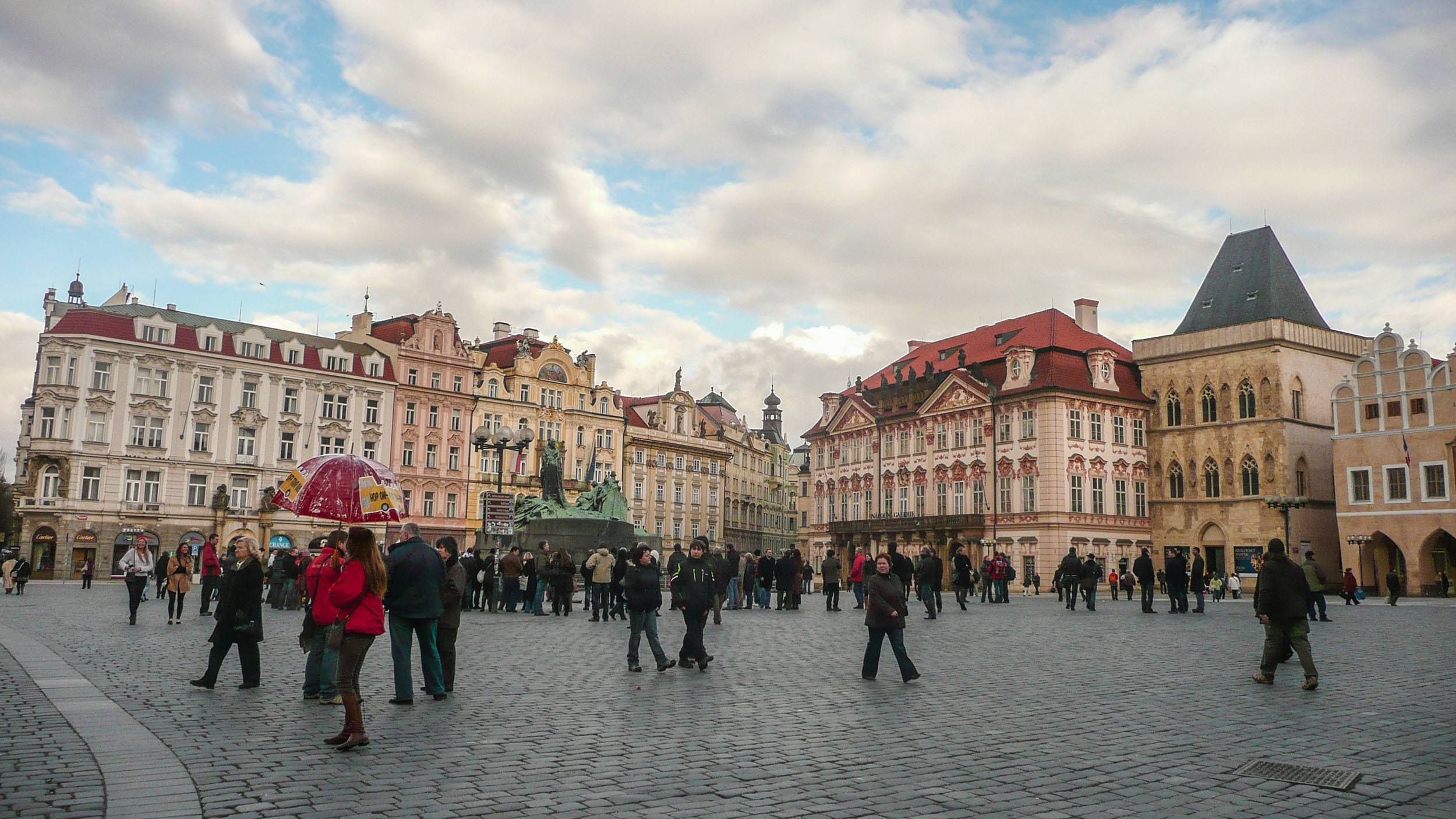
For the best photographic viewpoint, head to the top of the Old Town Hall Tower (open nine-am to ten-pm Tuesday through Sunday and eleven-am through ten-pm Mondays).
The Astronomical Clock (Pražský Orloj)
Found on the southern face of Old Town Hall, the iconic Prague feature is the oldest functioning astronomical clock in the world. Mounted in the fifteenth century, it is a true relic of yesteryear and is subsequently visited daily by hundreds – if not thousands – of tourists.
At the turn of the hour, the apostles – hiding behind miniature doors at the top of the feature – move by as they are exposed by the opening doors. The spectacle was hypnotising, so much so I couldn’t resist returning twice to watch.
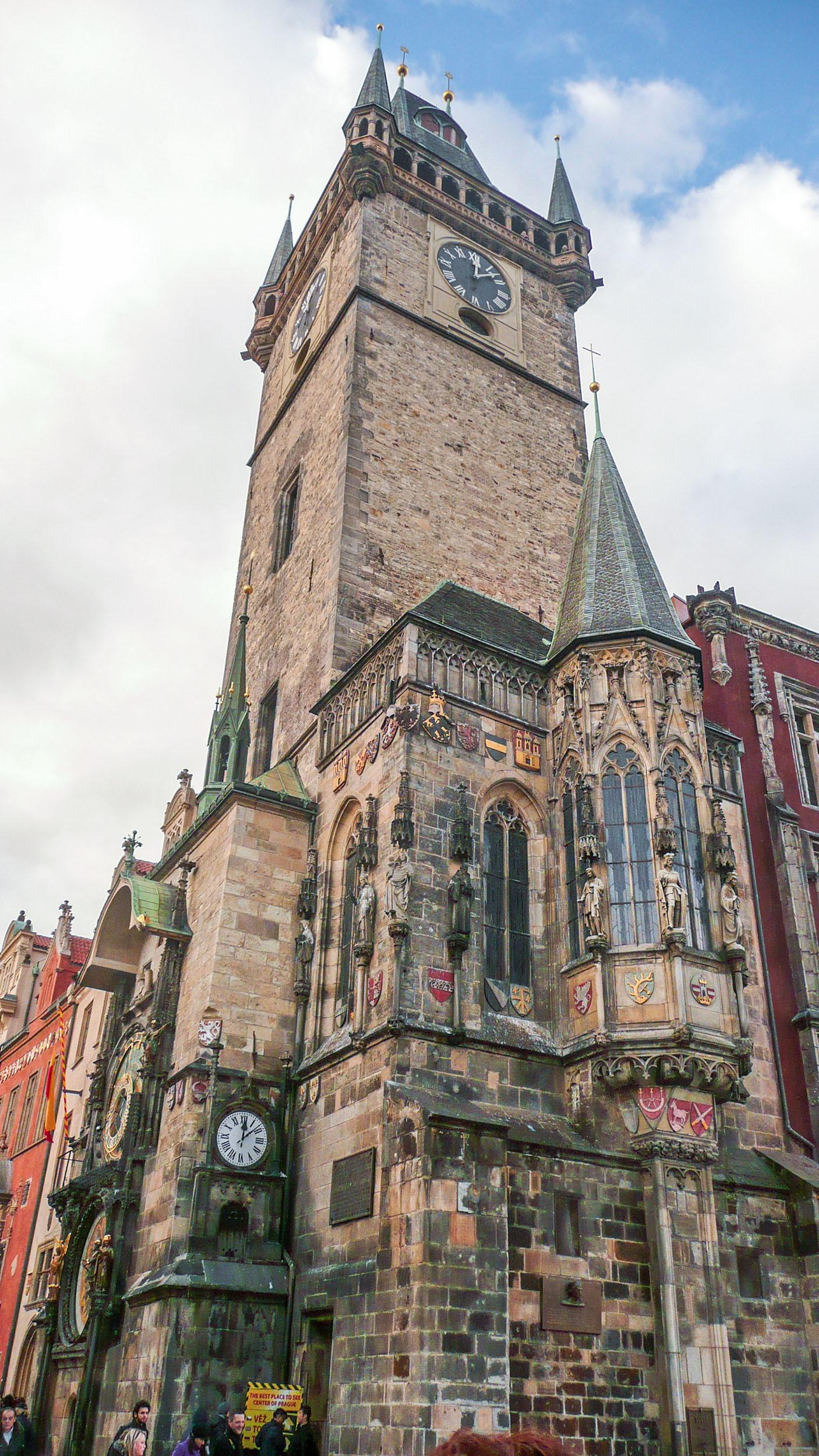
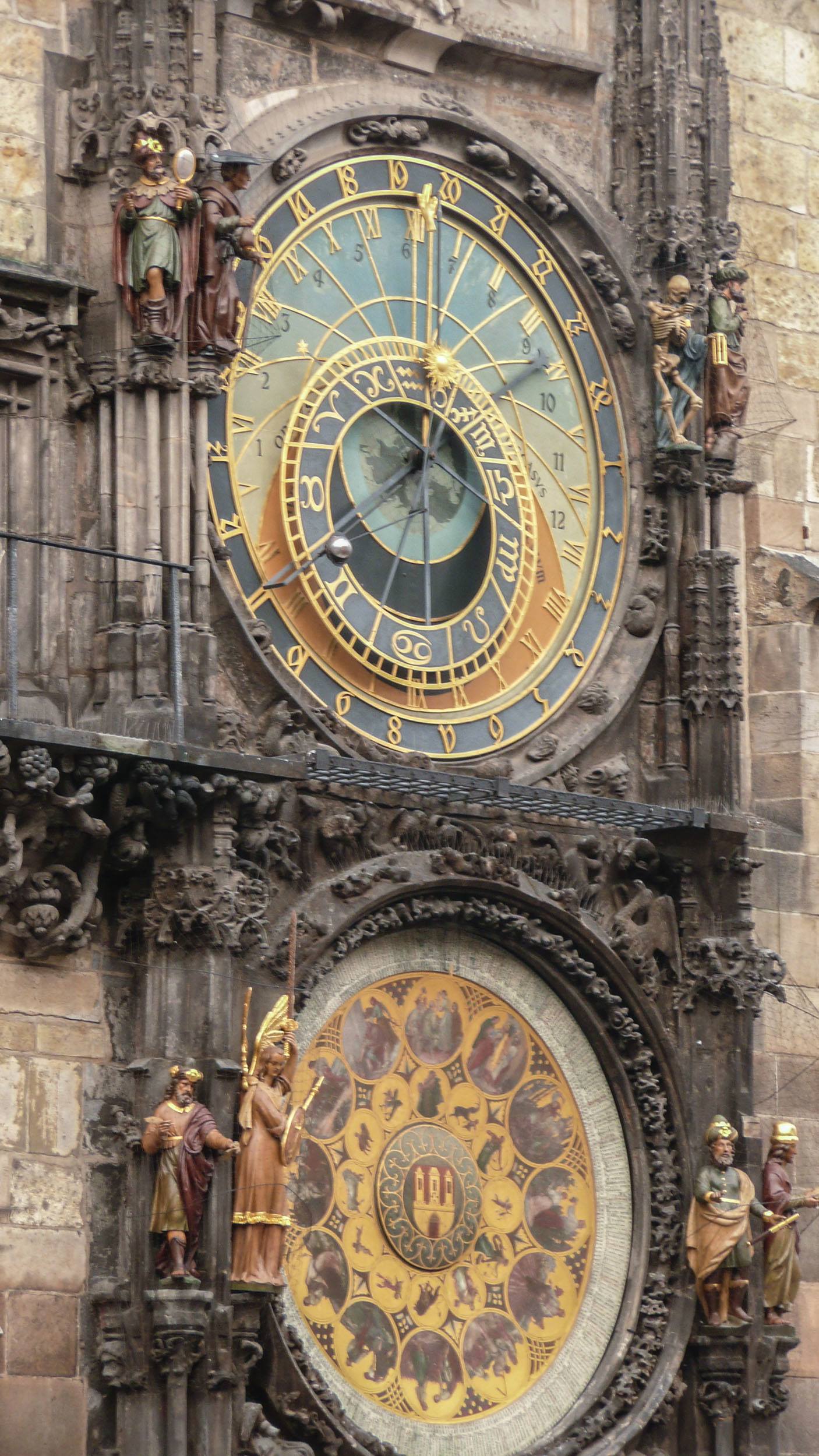
Historical fact: thankfully for contemporary visitors – and the citizens who adore the feature – the clock was restored several years following its decommission by Nazis at the end of the second world war.
Charles Bridge (Karlův Most)
A short ten-minute walk from Old Town Square transports pedestrians away from the city’s beating heart to a feature similarly iconic in nature: Charles Bridge, a historical masterpiece that crosses the core of Prague – the Vltava.
The only solid connection between the Old Town and the Castle until the nineteenth century, it made Prague part of an important route through Europe. At more than six-hundred metres long with an impressive Gothic-style bridge tower on one end, it was an impressive sight from all angles.
I walked to and fro several times, past musicians, mime artists and painters and blocked out the hordes of tourists to capture an essence of the history surrounding me.
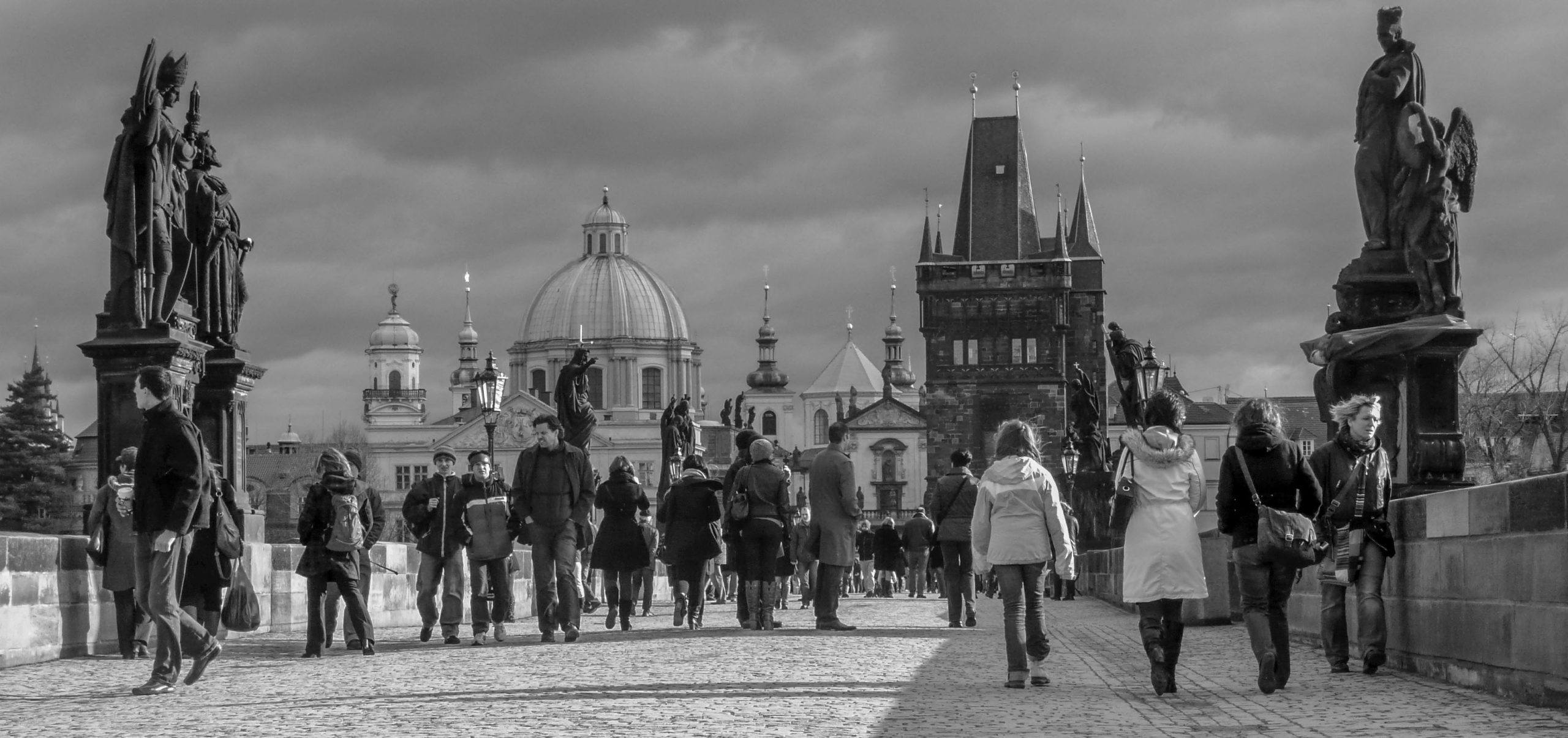
Interestingly, during the summer solstice and according to local reports, you can apparently witness the sun set twice over the cathedral while standing at the Old Town Tower.
Was it engineering ingenuity by a zealous designer, or pure coincidence?
Wenceslas Square (Václavské Náměstí)
Although not necessarily as enchanting as the main city squares, Wenceslas Square – a broad boulevard – is nonetheless worthy of your time. Despite a lack of beauteous appeal, it’s historically as significant as other city centre districts: it’s where the fall of communism was announced and the new Czechoslovak Republic was declared.
On the south-eastern side of the boulevard are the National Museum and the statue of Wenceslas. The opposing face is the intersection between new and old Prague. The ‘square’, despite birthing momentous historical moments, gives credence to capitalism (rather than paying patronage to its predecessors) with a ceaseless procession of restaurants and expensive boutiques.
It’s fine if you appreciate shopping as do I and have loose coin to spare.
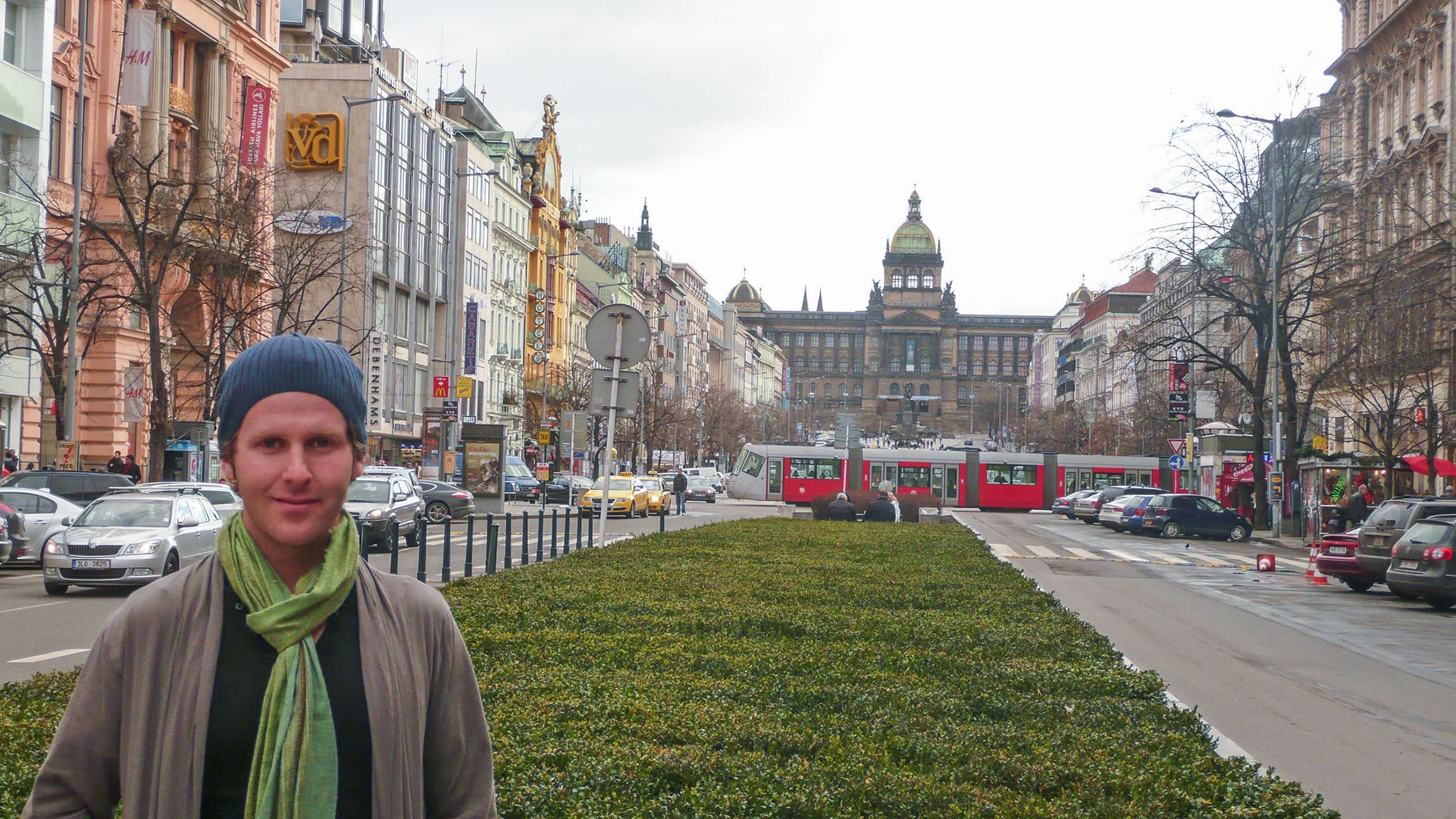
In terms of navigating the city, Wenceslas Square can be a good starting point. Trams run regularly along its lengthy face and all three metro lines intersect here.
Saint Vitus Cathedral (Katedrála Svatého Vína) - located within Prague Castle
I hear what you’re saying: it’s just ABC (another b****y [INSERT] church, cathedral or castle). It may appear so, perhaps from the outside but step inside and you won’t be regretful.
Even without the inclination to get down on two to pray, I couldn’t help but appreciate the architectural prowess of its designers. It is perhaps the most richly endowed cathedral I’ve ever seen, at least among its neighbours.
Home to various tombs of nobility, attention has been paid to beautification through the inclusion of painstaking detail and breathtaking design. The nave, for example, floods with coloured light from stained-glass windows, particularly brilliant at certain times of day.
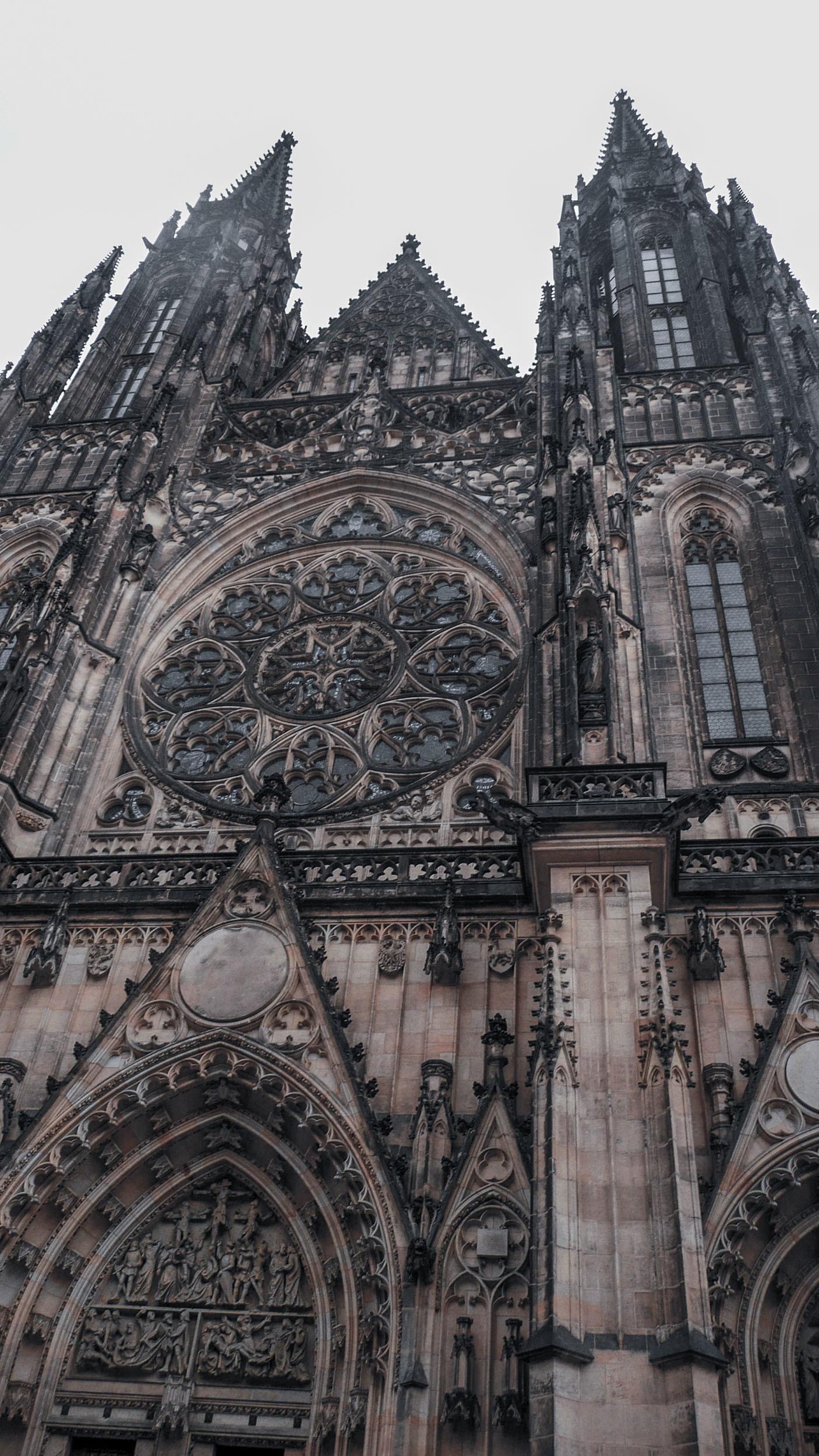
The good news is that it’s part of the Prague Castle complex, sparing you time and your legs energy.
Prague Castle (Pražský hrad)
Perched on a hill, the ninth-century Romanesque-Gothic edifice is a dazzling centrepiece on Prague’s antediluvian table: it’s the diamond in the not-so-rough of the star Central European city. It’s also, apparently, the largest castle complex in the world. Seen from many vantage points, it’s not until you get closer that its true beauty emerges.
An exemplary arrangement of palaces, halls, towers, gardens and ecclesiastical buildings (including Saint Vitus Cathedral), it has justifiably been named a UNESCO World Heritage site.

Visiting hours vary from winter to summer, so check the website before making the journey uphill to the complex.
For drone fanatics, the news is bad: it’s been dubbed a ‘no fly zone’.
Dancing House (Tančící Dům)
Once you’ve finished appreciating the finer details of the city’s baroque, gothic and art nouveau masterpieces, head to Dancing House by the river. Designed by Gehry in the nineties, its non-traditional design sans harmony, continuity and symmetry is Prague’s first – and greatest – example of deconstructivism. In a city evocative of romance typified by elegant design, Dancing House created controversy upon its completion in ninety-six.
It’s now a centre of cultural activity and worthy of a visit.
The ground floor is host to a gallery (open every day from ten-am to eight-pm) and there is a Fred and Ginger restaurant (the name a nod to the dancelike figures depicted by the contortions on the building’s front) on the top floor, open eleven-am to midnight daily, with panoramic views that include Prague Castle.
After More?
This list is certainly not definitive, merely an indicator of some key and important Prague attractions that should not be missed. Depending on your levels of interest and speed of walking, these sites could be covered in one day. However, if you break the visits up between each site with stops for food and drinks and move at a languorous pace, then it could definitely take two days.
There are certainly other noteworthy things to do and see in Prague that could easily be added to this list including spotting Sigmund Freud hanging from a roof, admiring the Lennon Wall and testing your tastebuds at the Farmer's Market.







